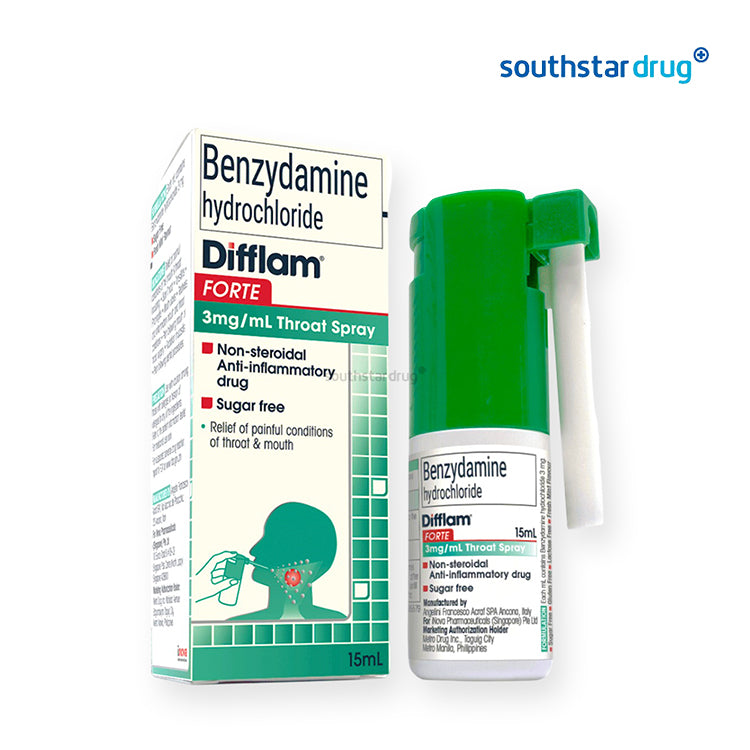Have you already read the “Babies Sob Stories” that is featured in our Baby Tips section? If yes, you would probably have the ideas why our babies cry most of the time, the reasons behind it, and how to best soothe them. Truly, something could mean whenever our babies tear up! And whatever it is, we could say that tearing up is a sign of life; whereby our babies could actually feel something and able to communicate it too!
However, cases like blocked tear ducts happen most often in babies, though they may occur at any age. They affect about 6 out of 100 newborns. A blockage along any point of this tear duct system is known as a blocked tear duct or dacryostenosis.Tears normally drain from the eye through small tubes called tear ducts, which stretch from the eye into the nose. If a tear duct becomes blocked or fails to open, tears cannot drain from the eye properly. The duct may fill with fluid and become swollen, inflamed, and sometimes infected.
These are the following symptoms of a blocked tear duct that your baby might b experiencing:
- watering eye
- tears running down the face
- discharge of pus
- crusted mucus along the eyelashes
- increased susceptibility to eye infections.
The most common cause.of blocked tear ducts is failure of the thin tissue at the end of the tear duct to open normally. Some other causes are infections, abnormal growth of the nasal bone that puts pressure on a tear duct and closes it off and closed or undeveloped openings in the corners of the eyes where tears drain into the tear ducts.
Most of the time, blocked tear ducts in babies clear up on their own during the baby's first year. They usually have no effect on the baby's vision or cause any lasting eye problems. In time, the tear duct usually finishes developing and the problem goes. This typically happens within a few weeks after birth. In some babies it can take several months. So, you will normally be advised just to wait and see if the problem goes. If the tear duct is still blocked by about 12 months of age, your doctor may refer your baby to an eye specialist. An option is for a specialist to perform a procedure where a very thin instrument is passed into the tear duct to open up the duct. The procedure is usually undertaken as a day case and it is normally very successful.
For home remedies, you may massage the tear duct of your baby. To do this, use gentle pressure with your finger on the outside of your baby's nose and then stroke downwards towards the corner of the nose. This should be repeated ten times a day. This can help to clear pooled tears in the blocked duct. It may also help the tear duct to develop.
If gluey or sticky material develops then you should wipe it away with some moistened cotton wool. Ideally, moisten the cotton wool with sterile water (cool water that has previously been boiled).
Most babies will respond to this massaging and then will not need any further treatment.
Please let us know your thoughts and experiences about newborn blocked tear ducts by commenting below. We would be happy to hear from you, parents!
Sources:
Tear Duct Blockage in Babies.
http://patient.info/health/tearductblockageinbabies
Blocked Tear Ducts.
http://www.webmd.com/eyehealth/tc/blockedtearductstopicoverview
Blocked Tear Ducts in Babies.
http://www.babycenter.com/0_blockedtearductsinbabies_10403185.bc









